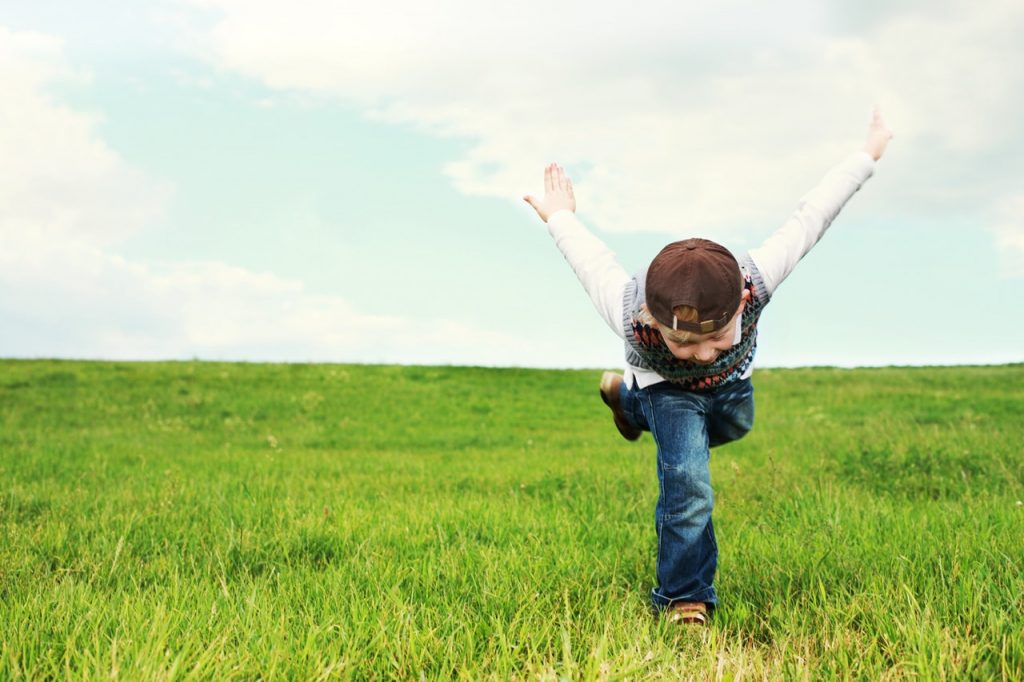Like toddlers, preschoolers need to develop certain physical skills before they enter kindergarten. Two forms of physical development are essential for early learning “gross motor skills” and “fine motor skills.” Gross motor skills require the use of large muscles (for example, running or climbing stairs). Fine motor skills require the use of small muscles in the hand (for example, gripping a crayon or lacing a shoe).
Show Me How to Move!
As your preschooler grows, so does her ability to control and move her body. Studies have shown that small children do not naturally learn physical skills on their own. They learn new physical skills by imitating other children and adults.
Toddlers and preschoolers typically learn locomotion skills in this order: walking, marching, galloping, hopping, running, moving around obstacles, and skipping. However, children don’t develop these skills at the same rate. Expect to see different levels of achievement among the children in your care. Model a new skill at each stage of her physical development, and encourage your preschooler lovingly.
Your preschooler should participate in physical activity, using both her large and small muscles, for at least 20 minutes every day. Perform physical activities such as running and crawling. The alternating arm and leg motions of these activities help to balance and connect the activity between the two sides of the brain. There are many ways to help your preschooler develop her physical abilities, including:
· Dancing
· Playing “chase”
· Walking, marching, hopping, galloping, balancing, rolling, and crawling
· Pushing, pulling, pouring, and grabbing
· Playing “catch” with large and small playground balls
· Kicking large and small playground balls
· Climbing on age-appropriate playground equipment
· Swinging
· Hammering, lifting, and throwing
· Drawing
· Playing with play dough
· Finger-painting
· Pushing pegs into pegboards
· Eating with a spoon and fork
· Imitating different kinds of animals (horses, crabs, frogs, puppies, flamingos, and more)


